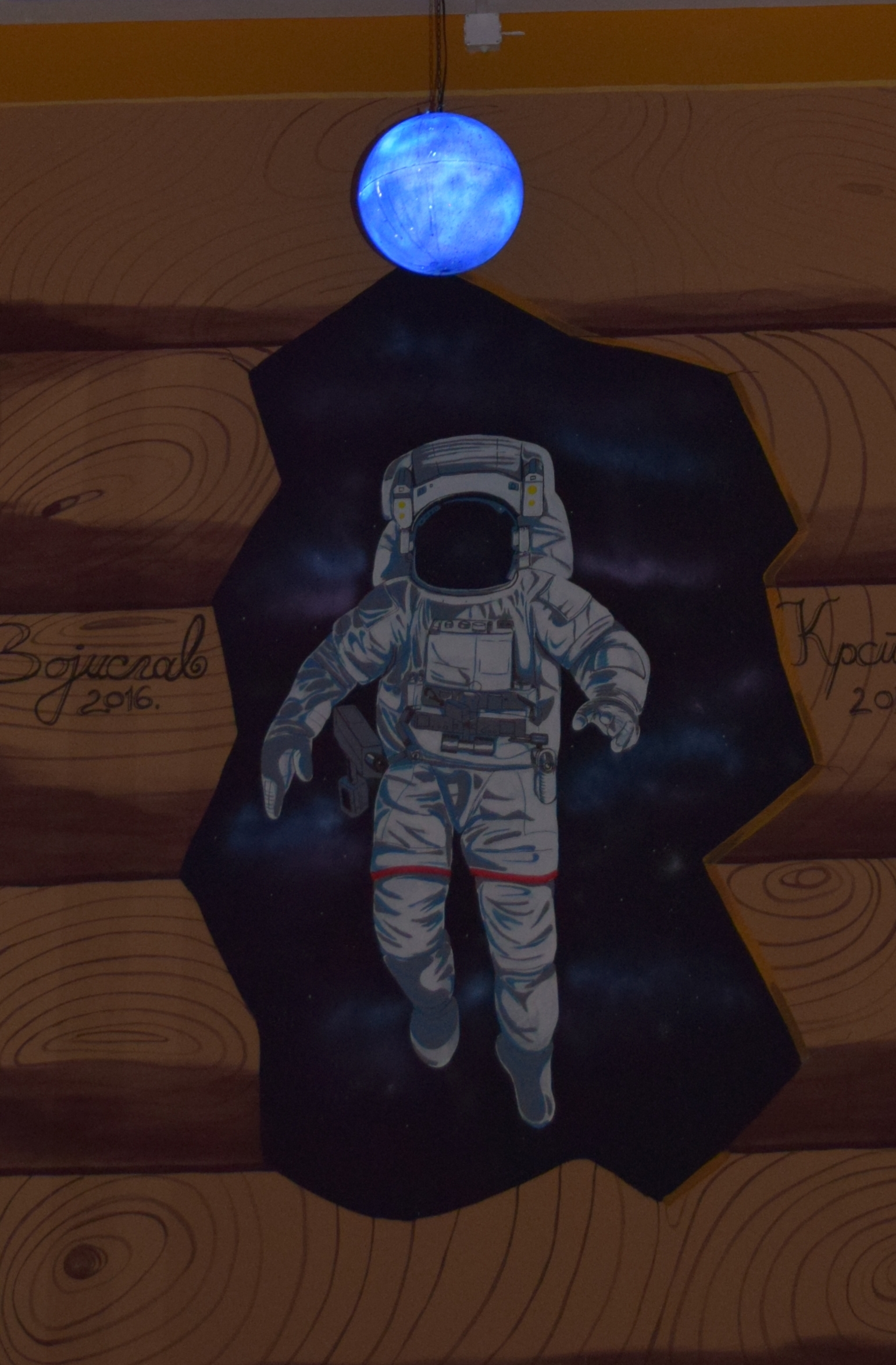
Hello Planet! What’s Your Name?
Did you ever wonder who is the godfather to planets, satellites, comets and all known space objects.
The Romans gave names to planets that are visible to the human eye in the night sky:
The eternal romantics will probably think of the boy who is looking for the shiny spot in the sky in order to “name it after you”. More serious would say “the Romans”….and they would be right…it all started during the ancient period.
Jupiter – the largest planet was named after their supreme god, Mars – red planet associated them with blood and was named after the god of war. Mercury only needs 88 days to go around the sun and Romans named it after the god of travel. On the other hand, Saturn needs 29 years and got the same name as the god of time. Venus – the most beautiful and brightest planet is named after the goddess of love.

When the telescope was discovered, the Germans continued Roman tradition and we got Uranus and Neptune. Uranus is the Latin name of the Greek god of the sky, while Neptune is named after the god of the sea (both planets are known for their blue color). The former planet Pluto was named by an English girl in the 19th century after a god of death.
What about other celestial bodies? Most of their names resemble the codes like those of the safe deposit boxes in the banks. But, what do they mean and how are they compiled?
The names of the satellites consist of the initial letter of the planet they follow, followed by the year of discovery and the ordinal number. However, the Uranus satellites are named after Shakespeare’s characters: Cordelia, Ofelia, Belinda, Umbriel, Miranda, Ariel… Asteroids are given temporary label by the Center for Small Planets. The tags consist of the year of discovery, the letters indicating the part of the month in which the satellite was detected, and the letters representing the order of discovery, like “1982 DB” – 1982 is the year the satellite was discovered, D is the designation for the second half of February and B means it is the second satellite detected in that period.
Comet names also represent codes – combination of the year of discovery and the ordinal number. Some letters can also be added to this code to represent the comet’s characteristics: P -periodic, C long appearance period, D-dead comet, X-suspect comet – “1995A1P”.
Today the most significant is naming the exoplanets – planets outside the solar system, orbiting its star. The exoplanet code has the initial letter of the name of the star, followed by a lowercase letter in alphabetical order representing the ordinal number of the planet.
This year, when International Astronomical Union celebrates 100th anniverasary, Serbia, among one hundred countries, has the opportunity to name the star WASP-60 and its planet. The following combinations were proposed: Simarlg & Svarog, Julius & Rpmeus, Maxima & Lumos and Vlasina & Morava.
How can you vote?
Just go to www.menti.com, code 119705, and use your chance….until December 2019.